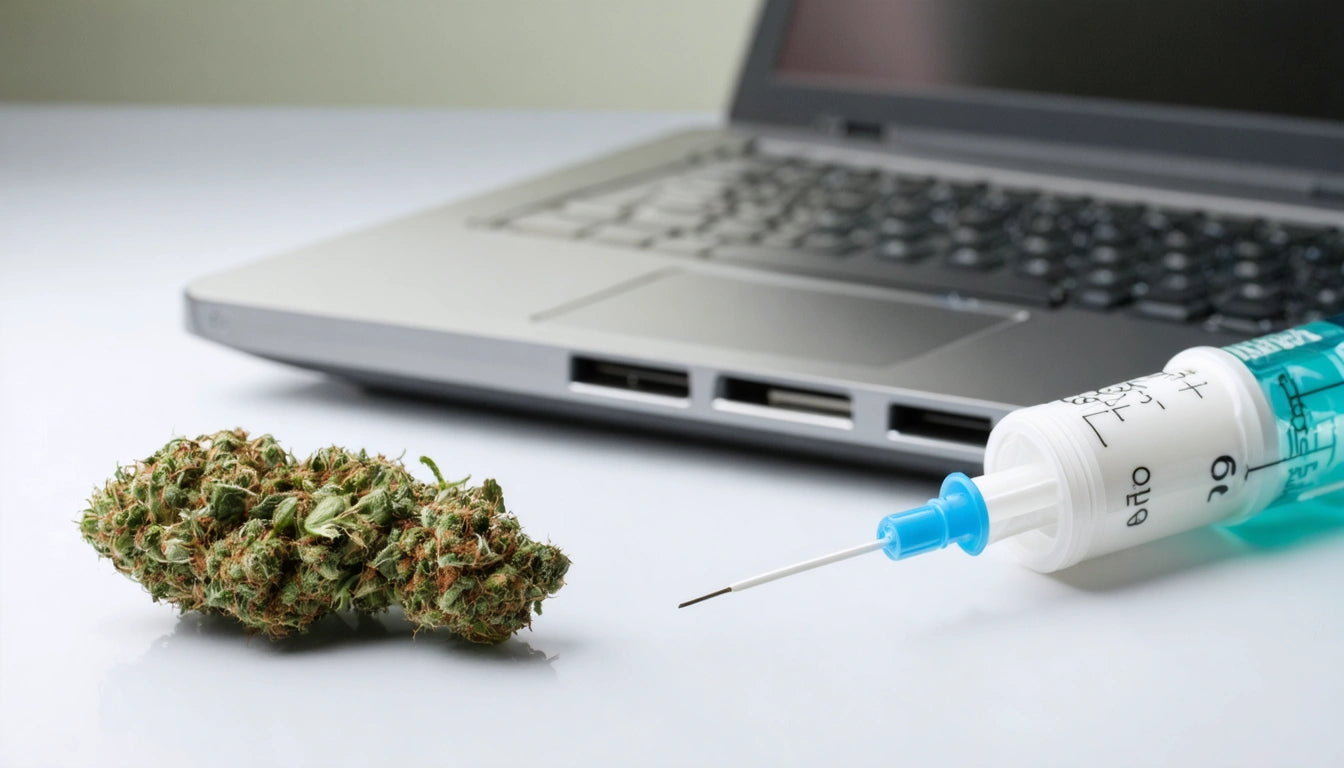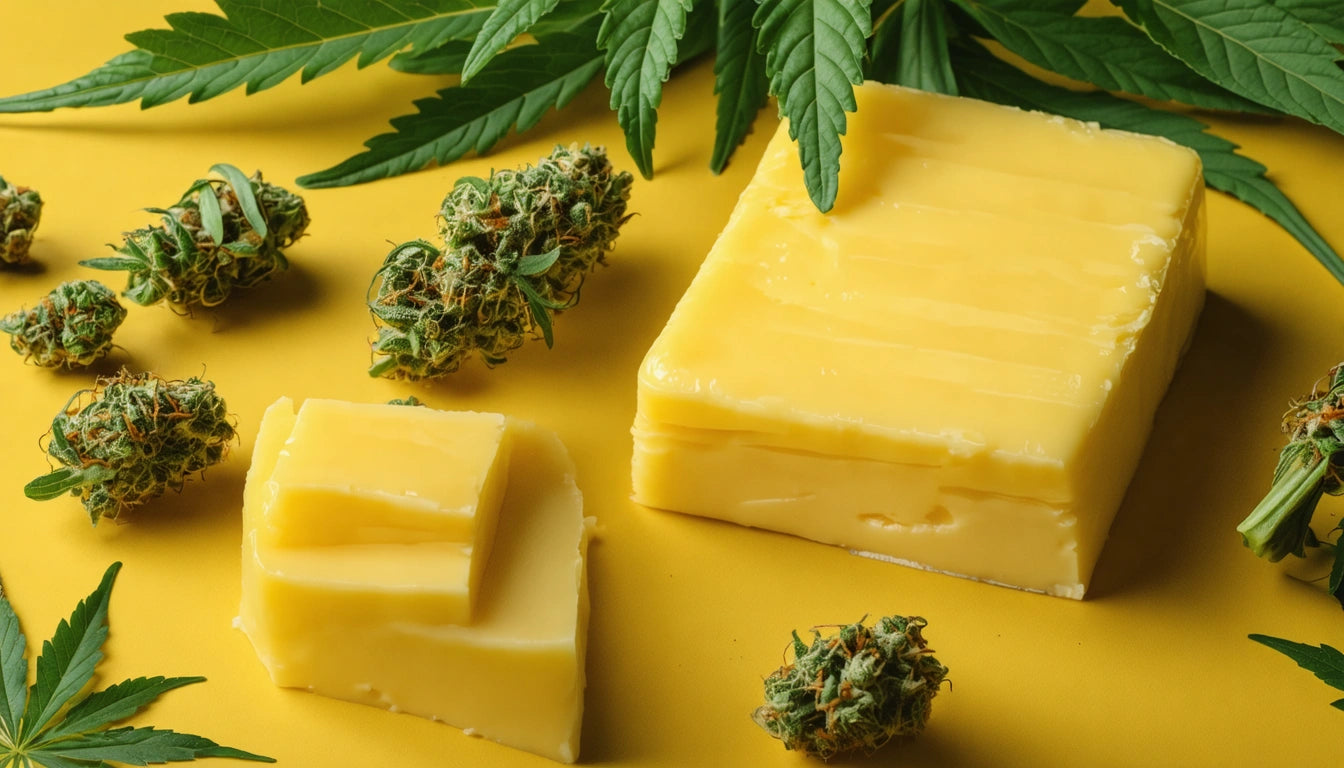Table of Contents
Can Secondhand Weed Smoke Cause a Positive Drug Test?
The question of whether secondhand marijuana smoke can trigger a positive drug test result is increasingly relevant as cannabis legalization expands across the United States. Many individuals who don't consume cannabis themselves worry about potential exposure in social settings, shared living spaces, or public areas where others might be smoking.
Understanding Secondhand Cannabis Smoke
Secondhand cannabis smoke contains many of the same chemical compounds found in firsthand smoke, including THC (tetrahydrocannabinol), the primary psychoactive component in marijuana. When someone exhales cannabis smoke, THC and other cannabinoids are released into the surrounding air.
Unlike direct consumption, where THC enters the bloodstream through the lungs or digestive system in significant quantities, secondhand exposure typically results in much lower concentrations reaching the bloodstream. This difference in concentration is crucial when considering potential drug test implications.
How THC Enters the Body Through Secondhand Smoke
When exposed to secondhand marijuana smoke, small amounts of THC can enter the body through:
- Inhalation of smoke particles in the air
- Absorption through mucous membranes (eyes, nose, mouth)
- Minimal skin absorption (though this route is negligible)
The amount that actually enters the bloodstream and subsequently appears in urine or other biological samples depends on several environmental and physiological factors.
Detection Thresholds in Drug Tests
Standard drug tests have specific cutoff thresholds designed to minimize false positives. Different testing methods have varying sensitivity levels:
- Urine tests: Typically use a cutoff of 50 ng/mL for initial screening, with confirmation tests at 15 ng/mL
- Blood tests: Usually detect active THC for 1-2 days after use
- Hair tests: Can detect THC metabolites for up to 90 days
- Saliva tests: Generally detect use within the past 24-48 hours
Most research indicates that casual, brief exposure to secondhand marijuana smoke is unlikely to result in THC concentrations above these standard cutoff levels. However, under certain conditions, these thresholds could potentially be exceeded.
Factors Influencing Secondhand Exposure
Several key variables determine whether secondhand cannabis smoke might lead to a positive drug test result:
Environmental Conditions
- Ventilation: Poor airflow in enclosed spaces significantly increases exposure risk
- Room size: Smaller spaces concentrate smoke particles
- Duration of exposure: Longer exposure periods increase absorption
- Potency of cannabis: Higher-THC products release more THC into the air
- Quantity being smoked: Multiple people smoking increases ambient THC
Individual Factors
- Body mass and metabolism: Affect how quickly THC is processed
- Previous cannabis use: Can influence baseline THC levels
- Hydration levels: May impact concentration of metabolites in urine
- Proximity to smokers: Closer proximity increases exposure
As research on secondhand marijuana exposure shows, these factors work together to determine the likelihood of a positive test result.
Research Findings on Passive Exposure
Scientific studies on passive cannabis smoke exposure have yielded important insights:
A Johns Hopkins University study placed non-users in a well-ventilated room with active cannabis smokers for three hours. Some participants showed detectable THC levels in urine, but most fell below the standard 50 ng/mL cutoff for positive results. However, when the same experiment was conducted in an unventilated room, some non-smoking participants did test positive on standard drug tests.
Another study published in the Journal of Analytical Toxicology found that extreme exposure conditions (small, unventilated room with multiple smokers) could potentially result in positive urine tests for non-smokers, but these positive results typically occurred only within 24 hours of exposure and required substantial exposure.
The National Institute on Drug Abuse (NIDA) states that while it's possible to detect THC in non-smokers after extreme exposure, the likelihood of failing a drug test from casual, secondhand exposure remains low under normal circumstances.
Research also indicates that detectable levels from secondhand exposure typically clear the system faster than those from direct use, often within 24-72 hours.
Minimizing Secondhand Exposure Risks
For those concerned about secondhand exposure affecting drug test results, several practical measures can reduce risk:
- Avoid enclosed spaces where cannabis is being smoked
- Ensure good ventilation if exposure cannot be avoided
- Limit time spent in environments with active cannabis smoking
- Consider the importance of proper storage solutions and child-resistant packaging to prevent accidental exposure, especially in households with children
- Be aware of relevant workplace policies regarding cannabis use and testing
- If concerned about a specific exposure incident, document the circumstances
It's worth noting that some employers and testing programs are beginning to adjust their policies to account for the possibility of incidental exposure as cannabis becomes more widely accepted and legally available.
Special Considerations for Different Environments
Different settings present varying levels of risk for secondhand exposure:
- Concerts or public events: Generally low risk due to ventilation unless in extremely crowded, enclosed spaces
- Shared housing: Higher risk if roommates smoke indoors regularly
- Vehicles: Very high risk due to confined space and limited ventilation
- Outdoor exposure: Minimal risk as smoke dissipates quickly
Understanding these environmental factors can help individuals make informed decisions about potential exposure situations.
Practical Advice for Those Facing Drug Testing
If you're subject to drug testing and concerned about secondhand exposure:
- Communicate concerns to relevant parties before testing if appropriate
- Document any known exposure incidents
- Understand your rights regarding testing procedures and results
- Consider requesting more specific confirmation testing if an initial screen is positive
- Be aware that different testing methods have varying detection windows
While the risk of testing positive from secondhand smoke is generally low, being proactive and informed can help manage potential concerns.











Leave a comment
All comments are moderated before being published.
This site is protected by hCaptcha and the hCaptcha Privacy Policy and Terms of Service apply.